プロダクト開発リスク仮説 - Risk Hypothesis Generation
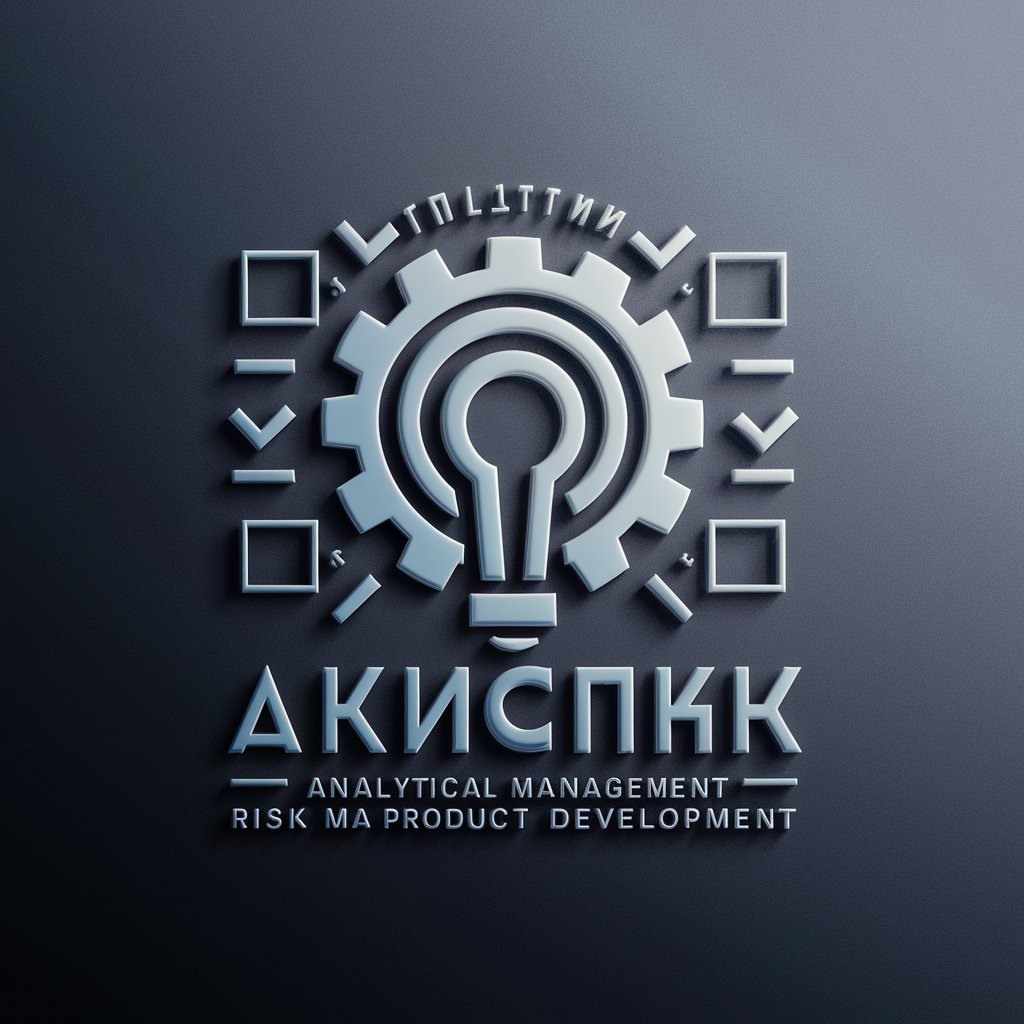
Welcome to detailed risk analysis for product development.
AI-powered Risk Hypothesis for Product Development
Analyze potential risks in product development plans by considering...
Identify key stakeholders and evaluate their impact on...
Develop a risk management strategy that addresses...
Assess the market demand and potential challenges for...
Get Embed Code
Introduction to プロダクト開発リスク仮説
プロダクト開発リスク仮説, or Product Development Risk Hypothesis, is designed to analyze and identify potential risks and issues within product development plans across various industries. This approach is grounded in the identification, hypothesis, and evaluation of potential risks that might affect the success of a project. By leveraging a comprehensive set of guidelines and frameworks, it aims to preemptively address potential challenges by forming hypotheses about intellectual resources, market conditions, competitive landscapes, development difficulties, scale, duration, costs, compliance issues, supply chain logistics, and more. For example, in a scenario where a new tech startup is planning to launch an innovative app, プロダクト開発リスク仮説 would involve a detailed analysis of the app's target market, competitive position, technological feasibility, regulatory compliance, and potential intellectual property issues, among others. Powered by ChatGPT-4o。

Main Functions of プロダクト開発リスク仮説
Risk Identification and Prioritization
Example
Evaluating the impact of emerging technologies on a traditional manufacturing process.
Scenario
In this scenario, a manufacturing firm is considering the integration of AI technology to automate certain production lines. プロダクト開発リスク仮説 would identify potential risks such as skill gaps, resistance to change, and the financial implications of integrating new technologies, prioritizing them based on their potential impact on the project.
Stakeholder Analysis
Example
Understanding the needs and expectations of stakeholders in a new software development project.
Scenario
For a company developing a new software tool, プロダクト開発リスク仮説 would involve identifying key stakeholders (e.g., end-users, development team, investors) and analyzing their expectations and requirements. This could reveal risks related to user acceptance, budget constraints, or technological limitations.
Market and Competitive Analysis
Example
Assessing market demand and competitive positioning for a new consumer product.
Scenario
When launching a new consumer electronics product, プロダクト開発リスク仮説 would include a thorough market analysis to assess the actual demand and identify potential competitors. This helps in understanding the risks associated with market entry, such as saturation and intense competition.
Ideal Users of プロダクト開発リスク仮説 Services
Startups and Entrepreneurs
These users are at the forefront of developing new products and services. プロダクト開発リスク仮説 can help them identify potential risks early in the development process, enabling them to make informed decisions and potentially pivot their strategies to mitigate those risks.
Product Managers and Development Teams
Individuals and teams responsible for overseeing product development projects can use プロダクト開発リスク仮説 to systematically identify and address potential risks, ensuring a smoother development process and reducing the likelihood of project failure.
Investors and Analysts
Investors looking to assess the viability and risk profile of potential investments in product-centric companies or projects can leverage プロダクト開発リスク仮説 for a detailed risk analysis, aiding in making more informed investment decisions.

How to Utilize Product Development Risk Hypothesis Tool
1
Begin by accessing a complimentary trial at yeschat.ai, requiring no sign-in or ChatGPT Plus subscription.
2
Identify the specific aspects of your product development project you wish to analyze for potential risks.
3
Utilize the tool to systematically evaluate internal and external factors that could impact your project, including market trends, technological challenges, and regulatory environments.
4
Apply the framework to prioritize risks based on their potential impact and likelihood, facilitating focused mitigation strategies.
5
Leverage ongoing monitoring and feedback mechanisms within the tool to adjust and refine your risk hypothesis as your project evolves.
Try other advanced and practical GPTs
Monologue Master
Empowering Your Performances with AI

Talking Library
Empowering knowledge with AI precision.

Raslan.dev
Empowering Code Excellence with AI
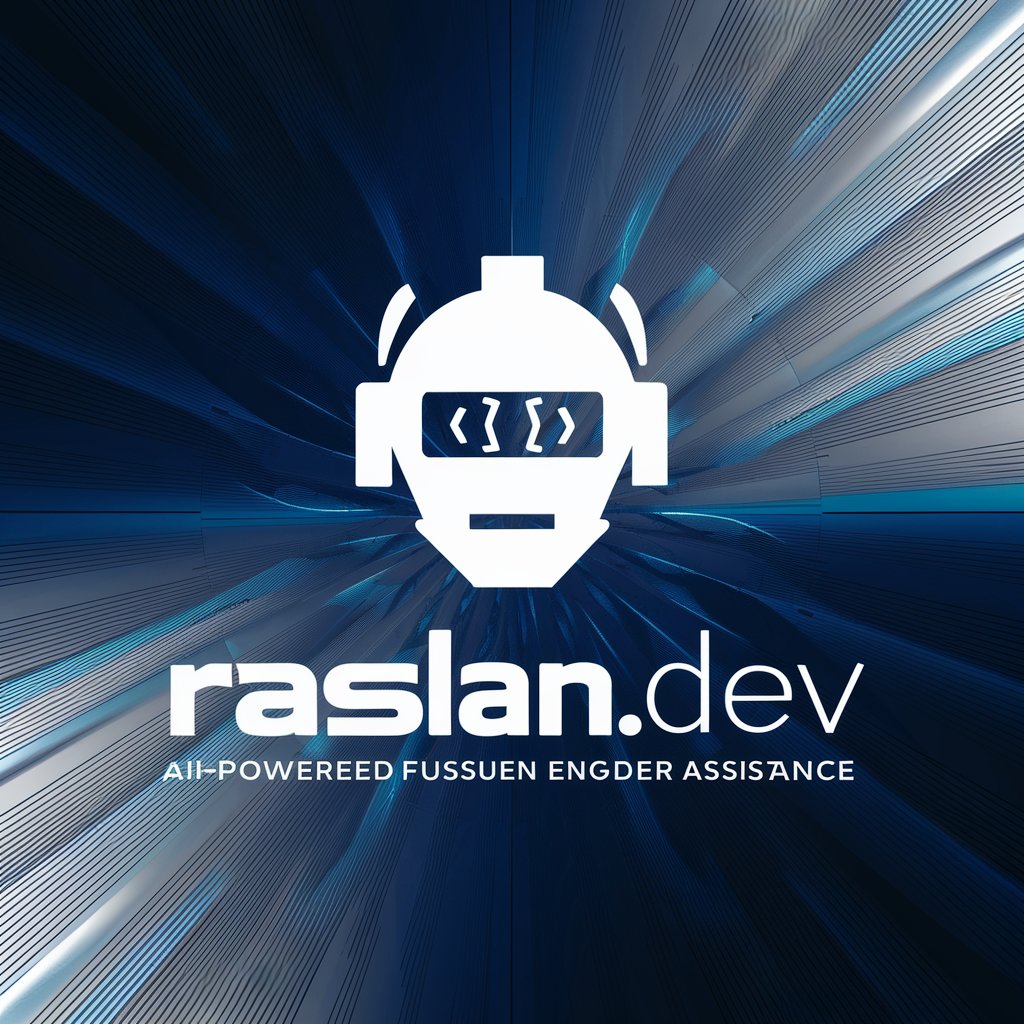
How To Make Money Online
Empower your online business journey with AI.

Python Architect
Architecting Python projects with AI precision.
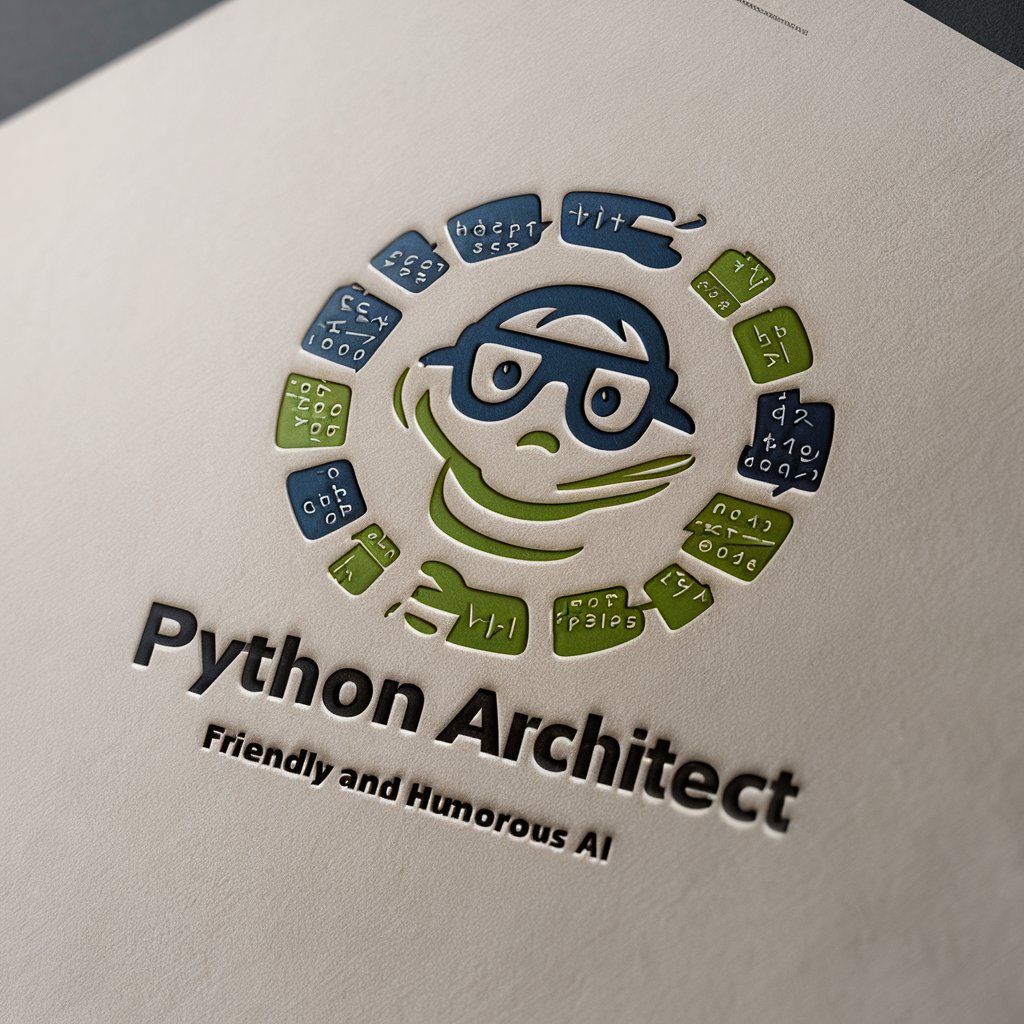
幸运号码指南
AI-powered Lottery Number Selection
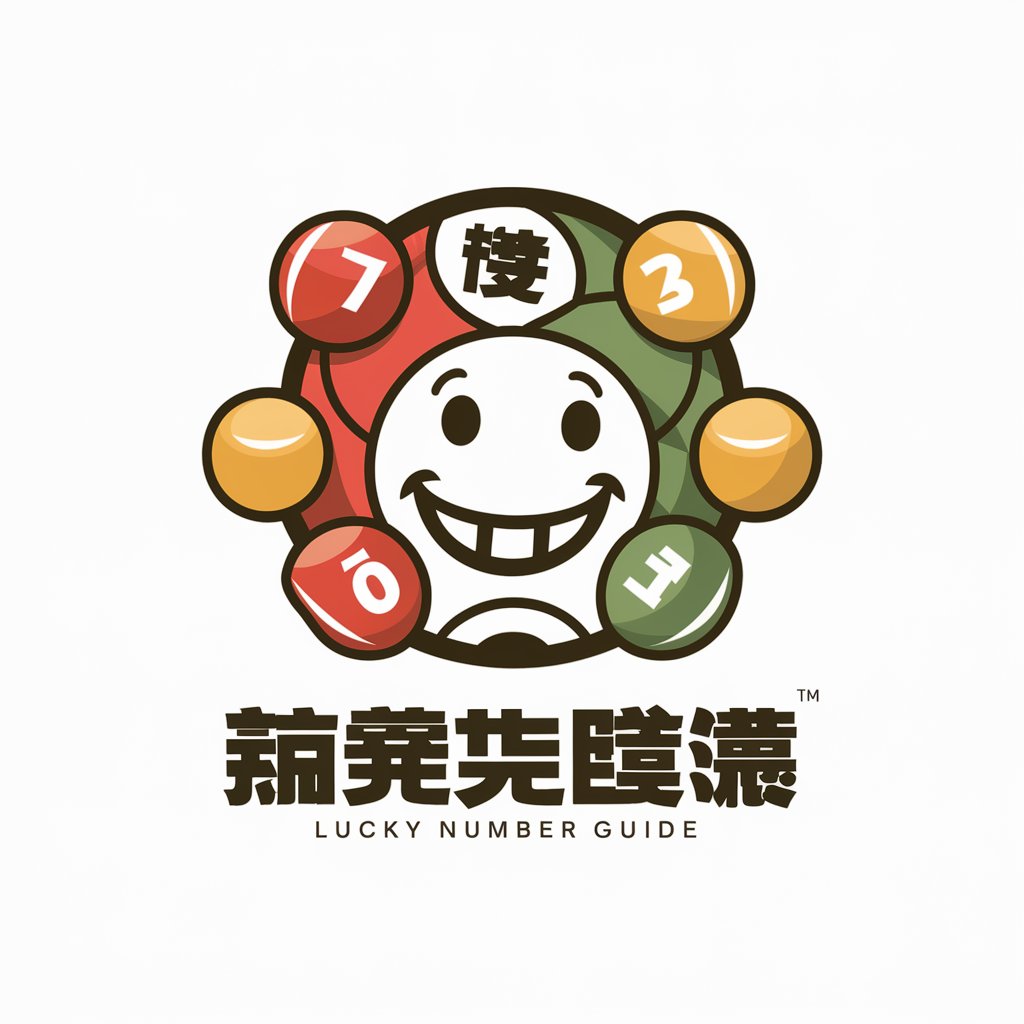
Grant Genius
Empowering Your Grant Writing with AI
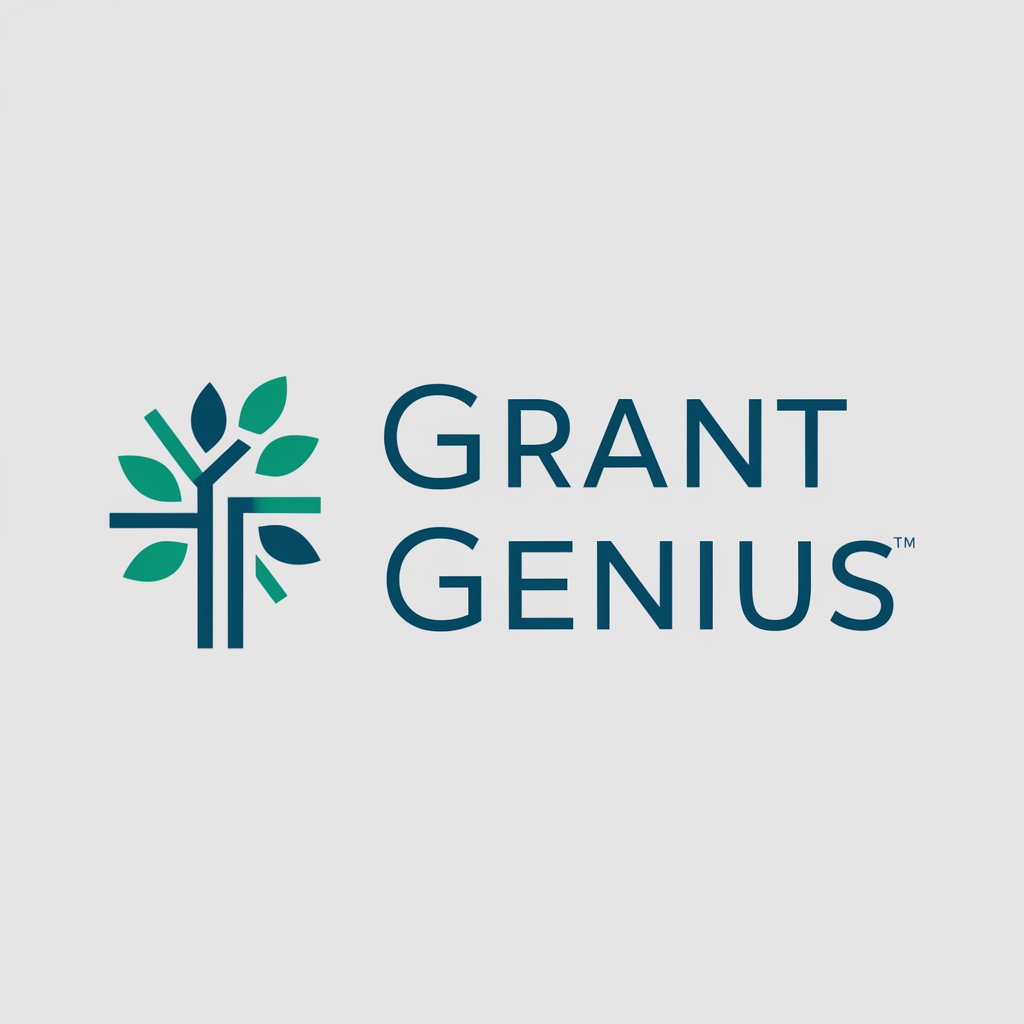
SnapStyle
Empowering your style with AI

God's Python Selenium Automation
Empower Your Web Automation with AI

Mineral Water Maven
Discover the essence of mineral waters.
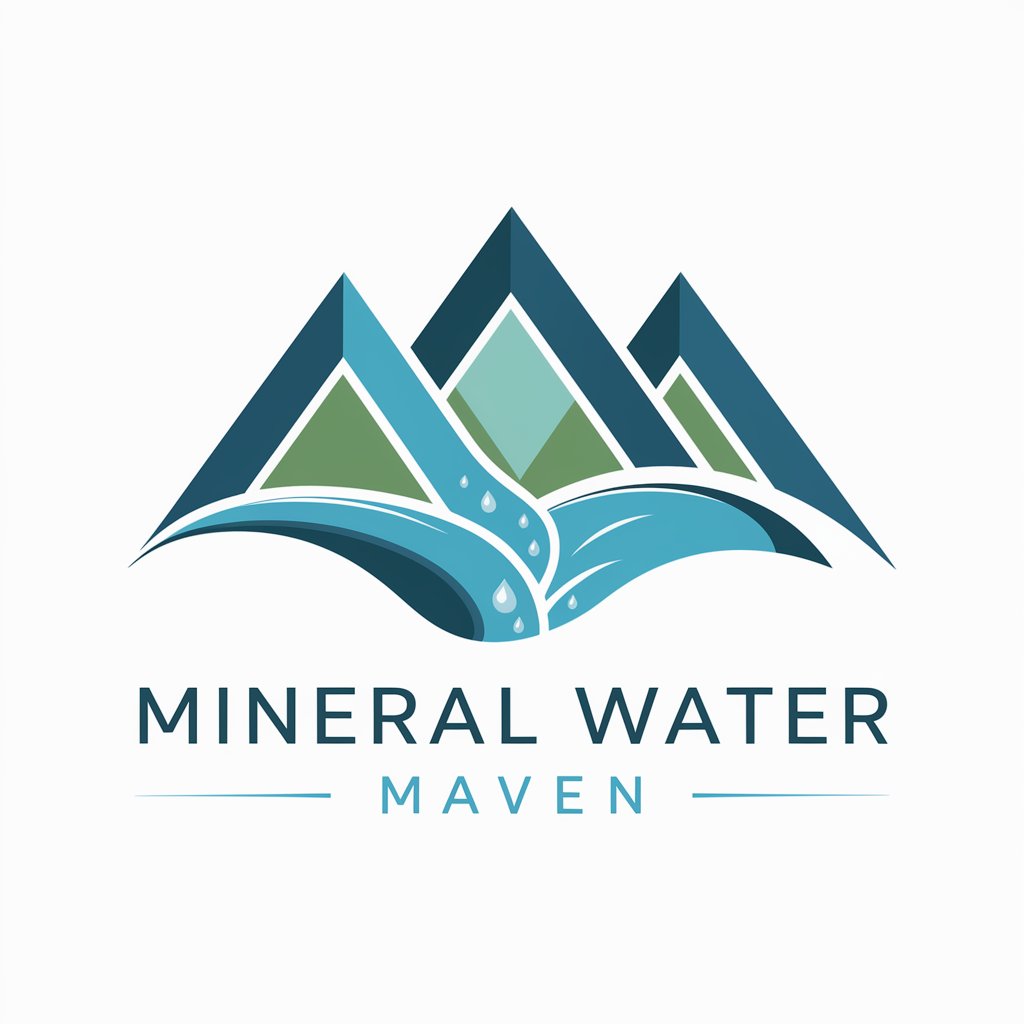
日本語辞書 | Nihongo Jisho | Japanese Dictionary
AI-powered insights into Japanese grammar

Backlink Inserter
Streamline SEO with AI-driven backlinks

FAQs on Product Development Risk Hypothesis Tool
What is the Product Development Risk Hypothesis tool?
It's a tool designed to help identify, assess, and prioritize potential risks in product development projects, offering frameworks for creating actionable mitigation strategies.
How can I apply this tool to my startup?
Start by defining your project's objectives and scope. Use the tool to analyze both internal and external factors that could influence your project's success, then identify stakeholders and assess risks from their perspectives.
What makes this tool different from other risk management tools?
This tool specifically focuses on generating hypotheses about potential risks in product development, encouraging a proactive approach to identifying and mitigating risks before they become issues.
Can this tool be used for any type of product development?
Yes, it's designed to be versatile and applicable across various industries and types of product development, from tech to consumer goods.
How does the tool help in the early stages of development?
By providing a structured framework to identify potential risks early on, it allows teams to strategize mitigation efforts, adapt development plans, and allocate resources more effectively.
